Stunning Companion Plants For Ninebark
Stunning Companion Plants for Ninebark
Ninebark is a beautiful, versatile shrub that can add a touch of elegance and drama to any garden. It's also relatively low-maintenance, making it a great choice for busy gardeners.
One of the best things about ninebark is that it can be paired with a wide variety of other plants to create stunning combinations. Here are a few of our favorite companion plants for ninebark:
- Coneflowers: Coneflowers are a classic choice for companion planting with ninebark. They come in a variety of colors, so you can find one that will complement the color of your ninebark. Coneflowers also bloom at the same time as ninebark, so they'll provide your garden with continuous color.
- Phlox: Phlox is another great choice for companion planting with ninebark. It comes in a variety of colors, including pink, purple, white, and blue. Phlox also blooms at the same time as ninebark, so they'll provide your garden with continuous color.
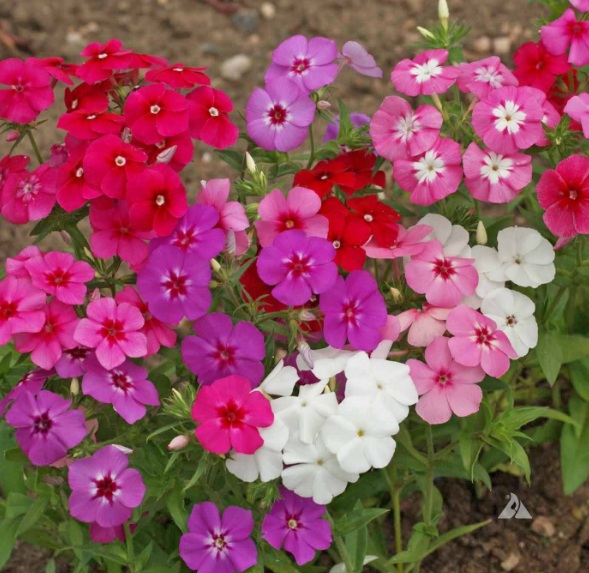
- Dogwood trees: Dogwood trees are a beautiful addition to any garden, and they make great companion plants for ninebark. They come in a variety of sizes, so you can find one that will fit your space. Dogwood trees also bloom in the spring, so they'll provide your garden with early color.
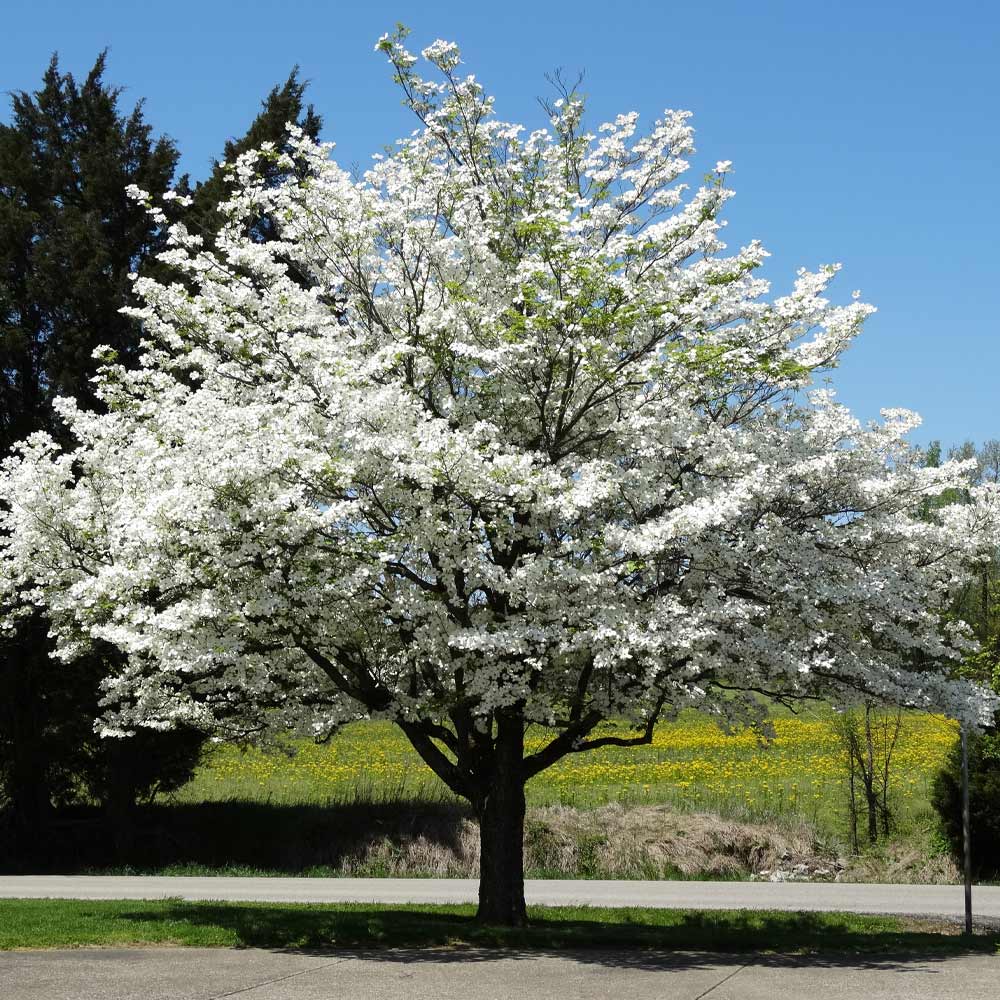
- Azaleas: Azaleas are a popular choice for companion planting with ninebark. They come in a variety of colors, so you can find one that will complement the color of your ninebark. Azaleas also bloom in the spring, so they'll provide your garden with early color.
- False indigo: False indigo is a striking plant that can add a touch of drama to your garden. It comes in a variety of colors, including blue, purple, and white. False indigo blooms in the summer, so it'll provide your garden with color when other plants are starting to fade.
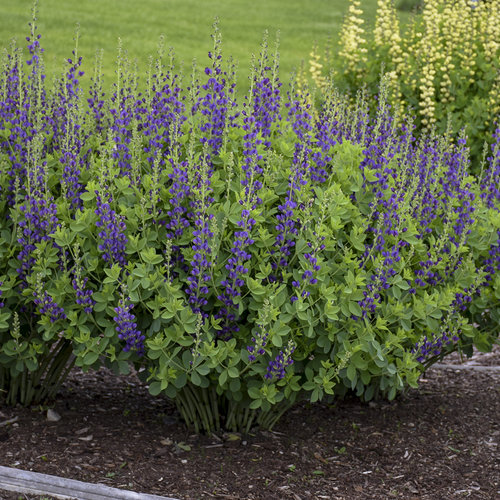
- Spirea: Spirea is a versatile shrub that can be used in a variety of ways. It comes in a variety of sizes and colors, so you can find one that will fit your space. Spirea blooms in the spring and summer, so it'll provide your garden with continuous color.

- Lamb's ears: Lamb's ears are a low-maintenance plant that adds texture and interest to your garden. They come in a variety of colors, including green, gray, and purple. Lamb's ears bloom in the summer, but their foliage is the main attraction.
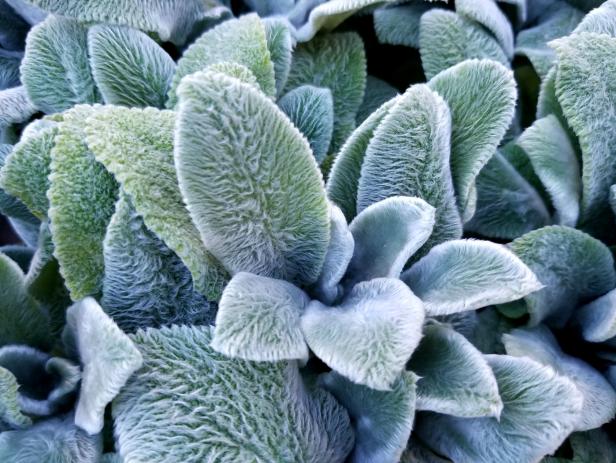
These are just a few of the many companion plants that you can use with ninebark. When choosing companion plants, it's important to consider the following factors:
- Color: The colors of your companion plants should complement the color of your ninebark.
- Bloom time: Your companion plants should bloom at the same time as your ninebark, or at different times of the year to provide your garden with continuous color.
- Height: Your companion plants should be similar in height to your ninebark, or they should be taller or shorter to create a layered effect.
- Texture: Your companion plants should have different textures to add interest to your garden.
With a little planning, you can create stunning combinations of ninebark and other plants that will add beauty and interest to your garden for years to come.
FAQ of ninebark companion plants
Question 1: What are some good companion plants for ninebark?
Answer: Ninebark is a versatile shrub that can be paired with a variety of other plants. Some good companion plants include:
- Perennials: Red milkweed, wild bergamot, yellow coneflower, ironweed, black-eyed Susan, purple coneflower, butterfly weed, blazing star, and sedum
- Shrubs: Lilac, spirea, rose, barberry, and viburnum
- Trees: Dogwood, maple, oak, and birch
When choosing companion plants for ninebark, it is important to consider the following factors:
- Sunlight: Ninebark prefers full sun, but it can also tolerate partial shade.
- Soil: Ninebark is not too fussy about soil, but it does best in moist, well-drained soil.
- Height: Ninebark can grow up to 6 feet tall, so it is important to choose companion plants that are of similar height or shorter.
- Color: Ninebark has white or pink flowers, so you can choose companion plants that complement these colors.
Question 2: What are the benefits of companion planting with ninebark?
Answer: There are many benefits to companion planting with ninebark. Some of these benefits include:
- Increased pollination: The flowers of ninebark attract bees, butterflies, and other pollinators. Companion planting with other flowers that attract pollinators can help to increase pollination in your garden.
- Improved pest control: Some companion plants can help to deter pests from ninebark. For example, marigolds are known to repel nematodes, which can be a problem for ninebark.
- Enhanced beauty: Companion planting can help to create a more visually appealing garden. By planting different types of plants together, you can create a variety of textures, colors, and heights.
- Increased biodiversity: Companion planting can help to increase the biodiversity of your garden. By providing a variety of habitats for different plants and animals, you can create a more sustainable ecosystem.
Question 3: How far apart should ninebark companion plants be planted?
Answer: The spacing between ninebark companion plants will depend on the size of the plants. For example, if you are planting small perennials with ninebark, you will need to space them about 12 inches apart. If you are planting larger shrubs or trees with ninebark, you will need to space them about 3 feet apart.
Question 4: What are some tips for planting ninebark companion plants?
Answer: Here are some tips for planting ninebark companion plants:
- Choose plants that have similar water and sunlight requirements.
- Plant the companion plants at the same time as the ninebark.
- Water the plants regularly, especially during the first year.
- Fertilize the plants in the spring and fall.
- Deadhead the flowers of the companion plants to encourage reblooming.
Question 5: What are some common problems with ninebark companion plants?
Answer: Some common problems with ninebark companion plants include:
- Pests: Some pests that can attack ninebark include aphids, spider mites, and scale.
- Diseases: Some diseases that can affect ninebark include powdery mildew and leaf spot.
- Watering: Ninebark needs regular watering, but it is important to avoid overwatering.
- Soil: Ninebark prefers moist, well-drained soil.
If you are experiencing problems with your ninebark companion plants, it is important to identify the cause of the problem and take corrective action. For example, if you are having pest problems, you may need to apply an insecticidal soap or neem oil. If you are having disease problems, you may need to remove the affected leaves or branches.
Image of ninebark companion plants
Here are 5 different images of "ninebark companion plants" from Pinterest:
Coneflowers are a popular choice for companion plants with ninebark because they have similar growing conditions and bloom at the same time. They also come in a variety of colors, which can be used to create a colorful border or garden bed.
Phlox is another good choice for companion plants with ninebark because it blooms for a long period of time and attracts pollinators. It also comes in a variety of colors, so you can choose the perfect one to complement your ninebark.
Azaleas are a beautiful flowering shrub that can be grown in partial shade. They are a good choice for companion plants with ninebark because they have similar soil and moisture requirements.
False Indigo is a tall, flowering perennial that can add height and interest to your garden. It is a good choice for companion plants with ninebark because it blooms in the summer, when ninebark's flowers are starting to fade.
Dogwood trees are a beautiful addition to any garden. They are a good choice for companion plants with ninebark because they have similar soil and moisture requirements. Dogwood trees also bloom in the spring, which can help to extend the flowering season in your garden.
Garden Wiki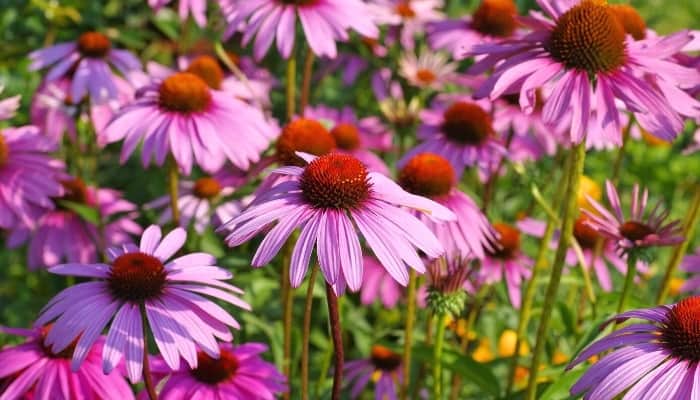
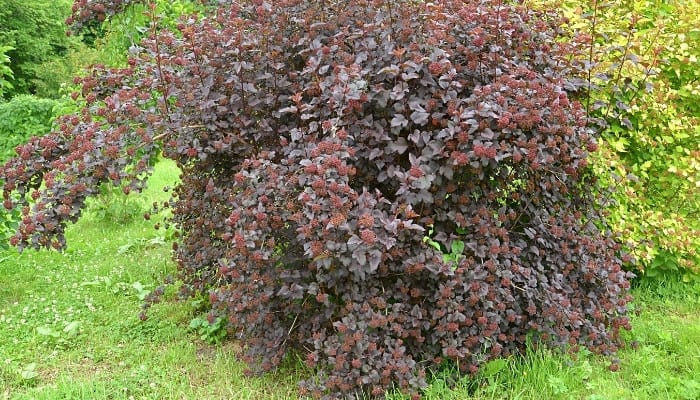
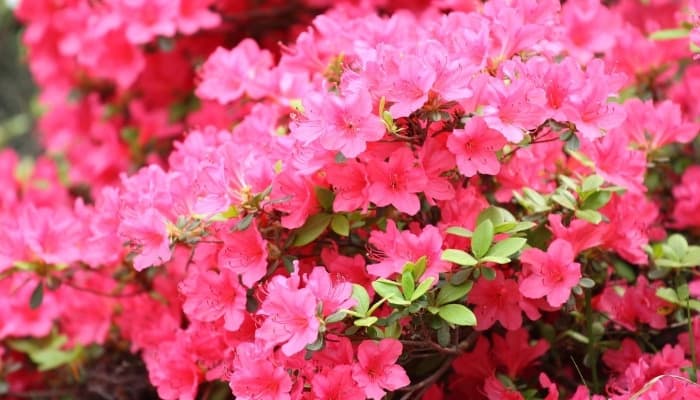
Post a Comment for " Stunning Companion Plants For Ninebark"